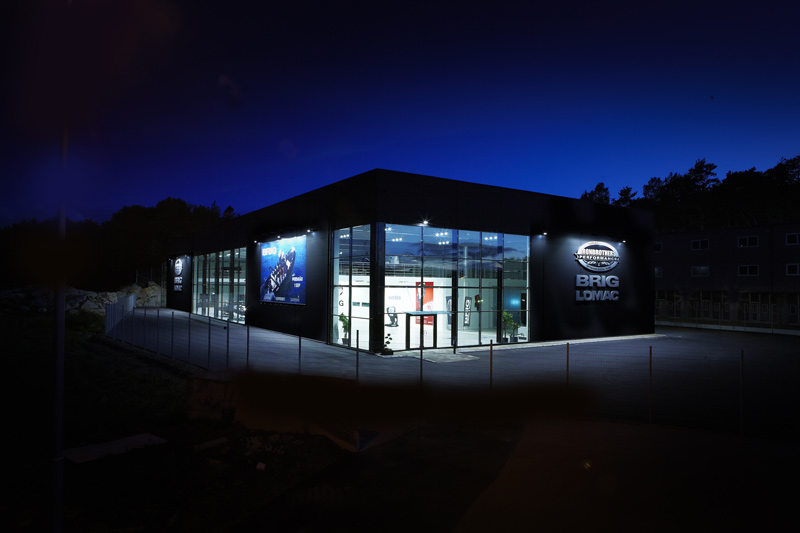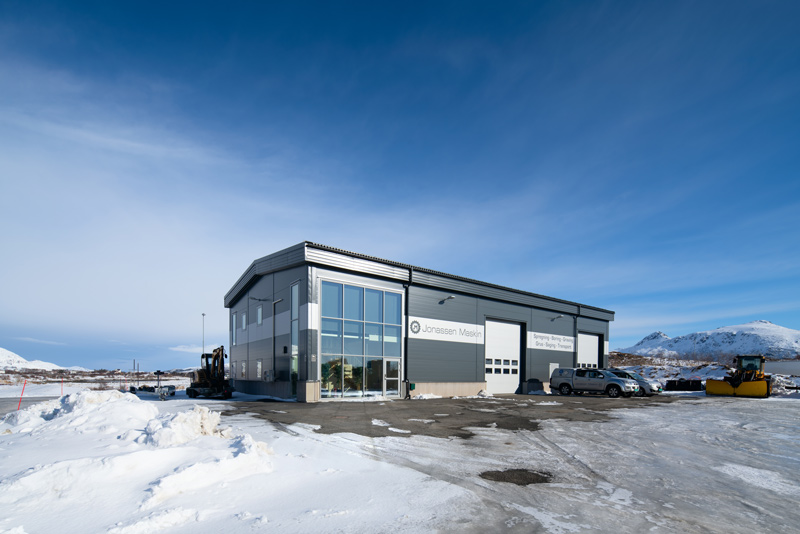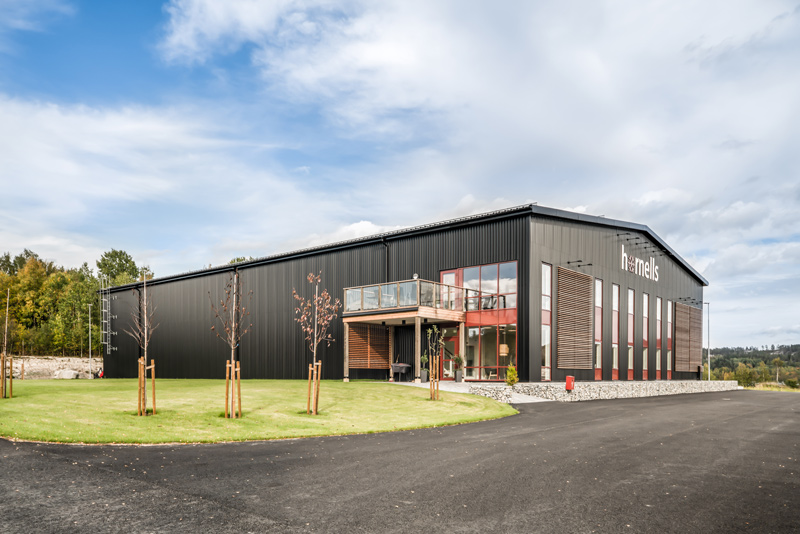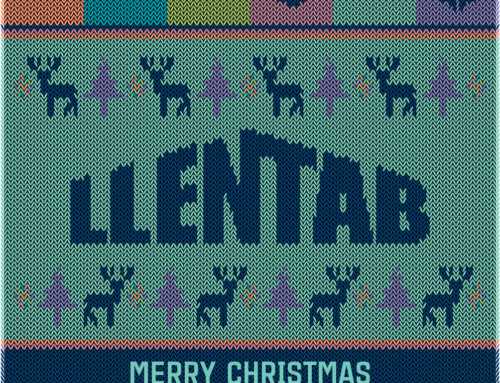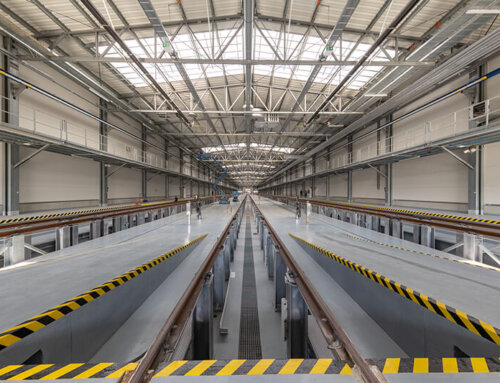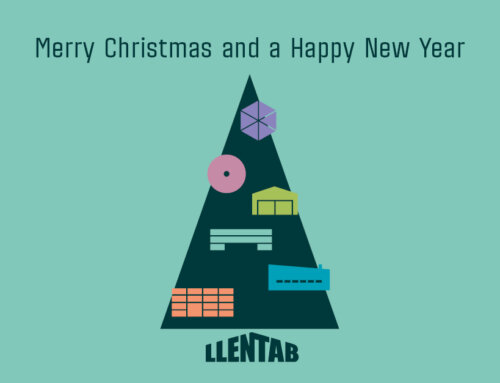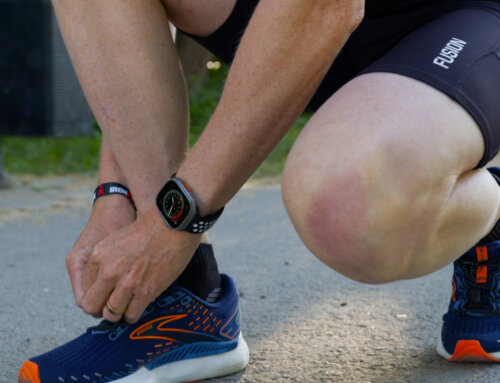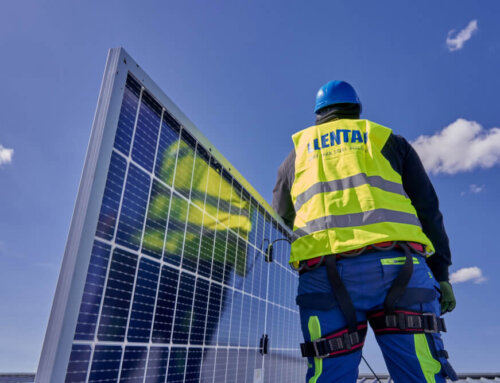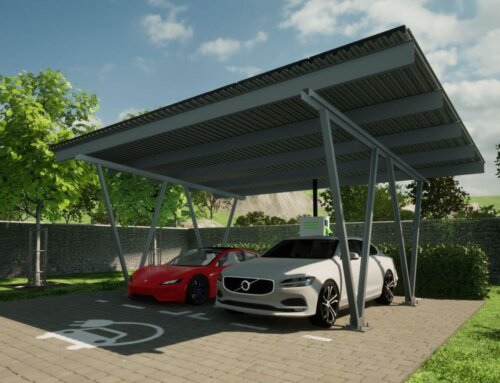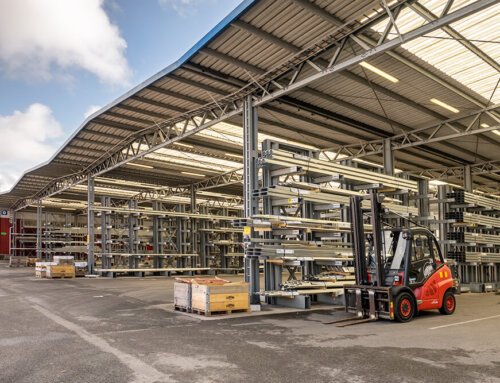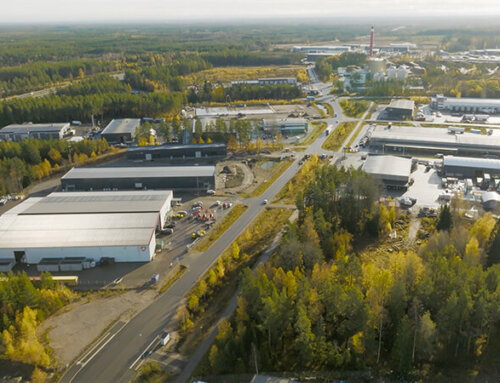The predominant colour of buildings in the Czech Republic is grey. We see a grey field of buildings, each one like the others. Despite that steel buildings offer excellent opportunities in the area of design. In addition to traditional cladding with vertically or horizontally trapezoidal plates painted in a RAL shade, buildings can also be clad with colourful sandwich panels. It is also possible to use cembonit, cassette or lamella facade for additional cladding. It may be surprising for a number of investors, but a building made with sandwich panels can also be clad, for example, with wood, if there is a well-elaborated fire protection solution. However, the situation in the area of the appearance of buildings has improved in recent years and investors have come to view the design elements of buildings as a way of differentiating them from the competition.
Positive examples can be seen in northern Italy, Austria or Germany, where the buildings endeavour to have their own DNA. After all, they are an ideal environment for the presentation of the building owner’s business philosophy. Local investors are aware of this and they make good use of the fact that even a traditional warehouse can have its own appearance. A similar situation to the one in this country used to apply in the northern countries, especially in Sweden; until recently, none of the customers there paid any attention to the appearance of their buildings, as functionality and quality lay at the centre of their interest. In recent years, however, Swedish investors have begun to view buildings as part of their image. The situation is also changing in Poland. In this country, profiled steel panels are most common on small buildings, uninsulated buildings or buildings with a lot of openings. Sandwich panels are an especially suitable solution for our northern neighbours and the search for new, original designs which raise the level of the building design can be seen. At present, panels with a sinusoidal profile, horizontally mounted plates or ventilated facades can be seen on the walls of buildings in Poland, for example. The opposite is true in Ukraine, where the buildings usually have no individual modifications. Ukrainian investors connect these buildings with work and business and not with design modifications. However, there are also occasional exceptions there too. The trend in this region is towards the increasing individualisation of the appearance of buildings.
Nordic architecture has a very good name in the world and it is therefore no surprise that the appearance of a building in Sweden is not only influenced by the investor and the construction contractor. The internal and external appearance of the buildings is increasingly being designed by architects. The colour schemes of the buildings on the local market are also changing: “Initially, there were many colours – yellow, green or pastel blue. This later changed into more neutral colours such as light grey, metallic silver or even white. Now, we are back to much more varied finishes, such as darker shades of grey and even black. Nowadays, we also very often combine facades with glass and with tiles made of various materials, including wood,” says Kenneth Finnäs, the Sales Manager at LLENTAB AB at Kungshamn in Sweden. On the other hand, grey is the predominant colour in Norway and the main material there is sandwich panels. Sandwich panels are also the most common cladding material on Polish buildings, while the dominant colours in Poland are silver combined with blue, green, yellow or red. According to Piotr Śniadek, the Sales Manager at LLENTAB at Poznań in Poland, the building colours often refer to the company colour scheme or are associated with the place and type of business (for example, green buildings near farms, etc.). Here too, architects are becoming increasingly involved in determining the final appearance of the buildings. Ukrainian investors most frequently use white, grey and blue and combinations of these on their buildings. Interest in sandwich panels as a cladding material is also increasing in Ukraine.
Igor Gavrilov, the Sales Manager at the Ukrainian branch of LLENTAB, adds: “If an investor has an architect, the architect is the one who influences the final appearance of the building. We can only recommend some changes, but they are usually not significant. If, on the other hand, an investor comes to us with just a general idea, we are able to design the entire appearance of the building. And our customers usually fully accept these designs.” Specific local characteristics, for example geographic, climatic and cultural-historical conditions and influences are reflected in the appearance of the buildings to a greater or lesser extent. The climate in Sweden is different from continental and that definitely brings with it specific requirements for building cladding. The owners of real estate in Sweden also like to show that their buildings are sustainable and energy-efficient and that they can reliably resist the climatic conditions. In Norway, buildings are more unified and local conditions only have a very small influence on them, regardless of whether they are built on the coast or in towns and in areas designated for industry and production. Ukrainian investors are more pragmatic; in Ukraine, there is no direct connection between the appearance of the buildings and the local conditions. The Ukrainian customers prefer practical solutions for their buildings.

The colours of Polish buildings frequently refer to the company colours or are associated with the place and type of business.
